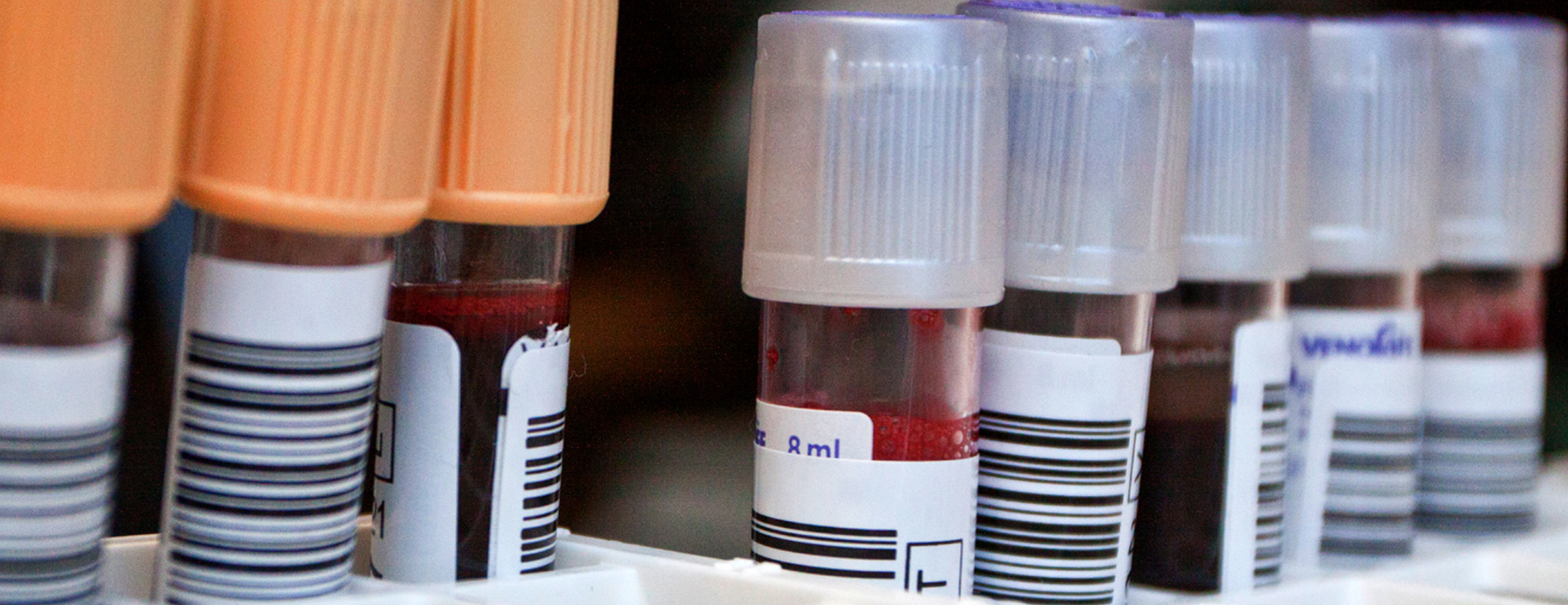
ESR
Definition
ESR stands for erythrocyte sedimentation rate. It is commonly called a "sed rate."
It is a test that indirectly measures how much inflammation is in the body.
Alternative Names
Erythrocyte sedimentation rate; Sed rate; Sedimentation rate
How the Test is Performed
A blood sample is needed. Most of the time, blood is
The test measures how fast red blood cells (called erythrocytes) fall to the bottom of a tall, thin tube.
How to Prepare for the Test
There are no special steps needed to prepare for this test.
How the Test will Feel
You may feel slight pain or a sting when the needle is inserted. You may also feel some throbbing at the site after the blood is drawn.
Why the Test is Performed
Reasons why a "sed rate" may be done include:
- Unexplained fevers
- Certain types of joint pain or arthritis
- Muscle symptoms
- Other vague symptoms that cannot be explained
This test may also be used to monitor whether an illness is responding to treatment.
This test can be used to monitor inflammatory diseases or cancer. It is not used to diagnose a specific disorder.
However, the test is useful for detecting and monitoring:
- Autoimmune disorders
- Bone infections
- Certain forms of arthritis
- Inflammatory diseases
Normal Results
For adults (Westergren method):
- Men under 50 years old: less than 15 mm/hr
- Men over 50 years old: less than 20 mm/hr
- Women under 50 years old: less than 20 mm/hr
- Women over 50 years old: less than 30 mm/hr
For children (Westergren method):
- Newborn: 0 to 2 mm/hr
- Newborn to puberty: 3 to 13 mm/hr
Note: mm/hr = millimeters per hour
Normal value ranges may vary slightly among different laboratories. Talk to your health care provider about the meaning of your specific test results.
What Abnormal Results Mean
An abnormal ESR may help with a diagnosis, but it does not prove that you have a certain condition. Other tests are almost always needed.
An increased ESR rate may occur in people with:
Anemia - Cancers such as lymphoma or
multiple myeloma - Kidney disease
- Pregnancy
- Thyroid disease
The immune system helps protect the body against harmful substances. An
Common autoimmune disorders include:
Lupus - Polymyalgia rheumatica
Rheumatoid arthritis in adults orchildren
Very high ESR levels occur with less common autoimmune or other disorders, including:
- Allergic vasculitis
Giant cell arteritis - Hyperfibrinogenemia (increased
fibrinogen levels in the blood) Macroglobulinemia - primary Necrotizing vasculitis
An increased ESR rate may be due to some infections, including:
- Bodywide (systemic) infection
Bone infections Infection of the heart or heart valves Rheumatic fever - Severe skin infections, such as
erysipelas - Tuberculosis
Lower-than-normal levels occur with:
Congestive heart failure Hyperviscosity Hypofibrinogenemia (decreased fibrinogen levels)- Leukemia
- Low plasma protein (due to liver or kidney disease)
Polycythemia Sickle cell anemia
References
Pisetsky DS. Laboratory testing in the rheumatic diseases. In: Goldman L, Schafer AI, eds. Goldman-Cecil Medicine. 25th ed. Philadelphia, PA: Elsevier Saunders; 2016:chap 257.
Vajpayee N, Graham SS, Bem S. Basic examination of blood and bone marrow. In: McPherson RA, Pincus MR, eds. Henry's Clinical Diagnosis and Management by Laboratory Methods. 23rd ed. St Louis, MO: Elsevier; 2017:chap 30.
Review Date: 05/06/2019
The information provided herein should not be used during any medical emergency or for the diagnosis or treatment of any medical condition. A licensed physician should be consulted for diagnosis and treatment of any and all medical conditions. Call 911 for all medical emergencies. Links to other sites are provided for information only -- they do not constitute endorsements of those other sites. Copyright ©2019 A.D.A.M., Inc., as modified by University of California San Francisco. Any duplication or distribution of the information contained herein is strictly prohibited.
Information developed by A.D.A.M., Inc. regarding tests and test results may not directly correspond with information provided by UCSF Health. Please discuss with your doctor any questions or concerns you may have.





